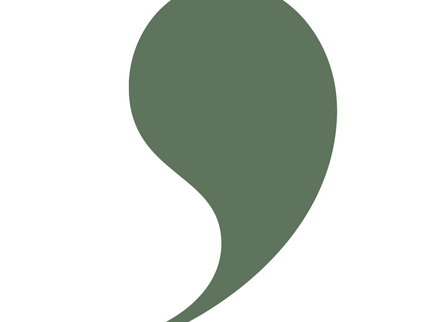
If you’d like to suggest any terms for our glossaries, please contact our office.
If you’d like to suggest any terms for our glossaries, please contact our office.
As a member, you gain access to training, resources, and networking opportunities. Membership of the CIEP signifies your commitment to professional standards.